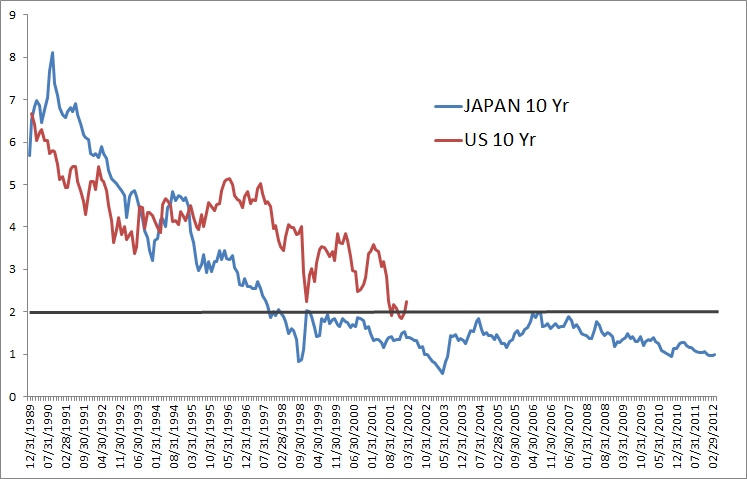When people think about rolling over their 401(k) plan, it’s usually only when they change jobs or near retirement.
They either do nothing or, if still working, reflexively shift their saving into their new employer’s plan without giving a lot of thought to the alternatives.

Take control
Yet you may have far more control over your retirement savings plan than you realize.
If you’re unhappy with the returns and fees of your current employee-sponsored plan, it might be time to rethink your strategy and look outside your company for other options.
If so, here are three tips to guide you along the way.
1) In-service distributions
If you find yourself in a subpar plan with high fees and few investment options, you may be able to take an in-service distribution.
Employers rarely advertise this fact, but some corporate retirement plans allow active employees to roll over some funds from their 401(k) account into an individual retirement account (IRA) before full retirement age.
Federal tax law allows workers to roll their 401(k) assets into an IRA once they hit 59 ½ without the federal 10% penalty and the state penalty.
Some 70% of companies surveyed back in 2006 by the Profit Sharing/401k Council of America offered in-service transfers to eligible employees.
If you are younger than 59, you may still be able to participate.
The law does allow distributions of money rolled over from previous 401(k)s in some cases. Check with your human resources department to see if you are eligible and what limits there may be. (And don’t be surprised if your plan administrator isn’t familiar with the 59 ½ provision, especially if you work in a smaller company.)
Keep in mind that you can’t roll your 401(k) directly into a Roth IRA, which is treated differently for tax purposes.
Also, think twice before withdrawing cash from your company-sponsored retirement plan early. Financial experts overwhelmingly agree this is a very bad idea, save for instances of real hardship.
The money is taxed as ordinary income and there is a 10% early withdrawal penalty.
2) Finding the right IRA
If you’re dissatisfied with your retirement account returns, you do have choices outside your company’s standard plan.
If you are changing jobs, you can consider rolling over the old plan into an IRA product, where no-load and low-fee funds have become standard.
The fees on most IRAs are often much lower than that of 401(k) plans because they usually lack the administrative and other overhead expenses.
Reaching out to your financial advisor or a traditional asset management company is one way to find IRAs that match your level of risk tolerance and investment goals.
A retirement rollover is a also great way to give various online investing platforms a try.
There is a wealth of information about funds and alternative investing approaches at your fingertips.
Many online platforms are quite transparent about fees and returns, and can guide you through the process of finding a money manager, rolling over your retirement accounts and helping you spread your investment risk across several different investment strategies.
When the sentiment, “I should really get that 401k rollover done this year” has been a nagging thought, the access and fluidity of an online IRA solution may allow you to get the rollover accomplished in a shorter length of time.
3) Getting it done quickly
Consider this: The average person holds 11 jobs from the age of 18 to 44, according to the Bureau of Labor Statistics.
So for many of us, rolling over a retirement account has long been one of those time-consuming chores that come with a new job.
If you have old retirement accounts hither and yon, it may make sense to consolidate all of them into a single IRA to simplify management.
Traditionally, workers who opted out of their new employer’s plan, needed to make a series of phone calls and mailings to open up an IRA with a major brokerage, contact the plan administrator at your old company, and provide account and routing numbers for the distribution.
Checks would be mailed to you at home and then you’d mail another check to the new fund administrator. It would sometimes take weeks to get everything in order.
Time matters. You have 60 days to transfer the funds into your new IRA once the money has been disbursed. Otherwise, the money will be taxed as income and subject to penalties.
In this digital era, the process has been dramatically streamlined. With online platforms, new IRA accounts can be opened up in 5 to 10 minutes. You then often get a personalized email with instructions on how to set up the transfer.
Contact your 401(k) provider representative requesting a fund transfer online. He or she can usually move the money directly to the online investing firm.
Questions can quickly be resolved with a phone call to an call representative, via email or even real-time chat boxes.
Before you know it, you have an investment strategy in place that meets your risk profile and investment goals, and 24-hour access to accounting balances and performance metrics.
Such is the world we live in. Why not take full advantage of it?
DISCLAIMER: The information contained in this article is general in nature and not intended as specific advice. Neither Covestor nor its representatives are engaged in rendering tax or legal advice. A qualified professional should be consulted regarding the effect of such considerations on the matters covered in this contributed article.




